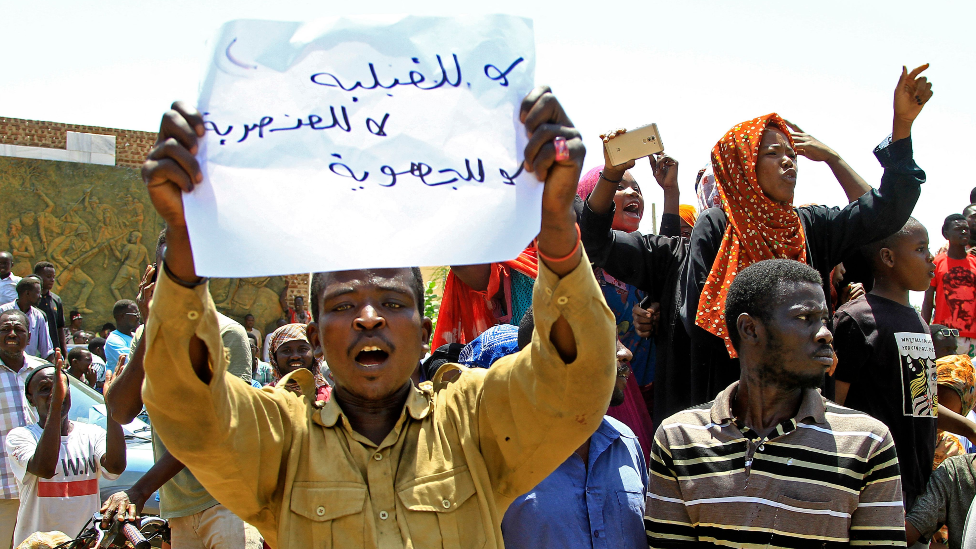Destruction began in 2016 as the massive economic zone project was approved ignoring warning
Infograph: TBS
“>
Infograph: TBS
Highlights:
- Over 5.5 crore trees cleared for economic zone construction
- Massive biodiversity loss: 5,000 deer and many species displaced
- Environmental laws ignored; forest land illegally leased and cleared
- Local livelihoods destroyed: herders, fishermen forced to abandon trades
- Climate risks rise: loss of mangroves worsens cyclone vulnerability
- $53.6 million/year in ecosystem services, carbon trade lost
Since 2015, more than 5.5 core trees have been cleared to make way for the Mirsarai Economic Zone – now renamed the National Special Economic Zone (NSEZ) – a high-priority industrial project being developed on 22,335 acres of reserved forest in Chattogram. This includes the destruction of 853 acres of coastal mangrove forest.
While the zone has claimed to have attracted investment commitments worth $18 billion from 155 companies, the environmental cost is staggering.
The loss of natural habitat has forced around 5,000 spotted deer, countless amphibians, reptiles, and over 100 species of birds to flee or perish. Developed by the Forest Department since 1967 and once lush with Gewa, Keora, Jhau, Bain and Goran trees planted over five decades, the area is now a wasteland of factories, dust, and broken ecosystems.
Forest officials say about 5.5 crore of the original 8 crore saplings have been felled. These trees once formed a 22-kilometre-long green belt – up to 5 kilometres wide – designed to shield more than 500,000 coastal residents from cyclones and tidal surges.
Now, birds nest on electric poles, wild animals wander into villages and die, and traditional grazing lands for sheep and buffalo have vanished.
Environmental laws brushed aside
The destruction began in 2016 after the government approved the project despite explicit warnings from the Forest Department.
Bulldozers have since replaced trees with roads and industrial complexes. A recent field visit revealed continued tree razing and unauthorised fish farming – clear violations of environmental protection laws that prohibit commercial use of reserved forest.
Officials warn that a further 1 crore trees may be cut down from forest land verbally leased to politically influential individuals. Industries are also dredging sand from the Bay of Bengal’s Sandwip Channel to fill land, which experts say could spark a second ecological disaster.
Abdullah Al Mahmud Faruk, project director of the NSEZ, confirmed that 10 million cubic metres of sand are needed to raise 1,000 acres by 10 feet.
A forest sacrificed in silence
The greenbelt was legally declared a reserved forest in May 2013 under the Forest Act, 1927. But even before the official gazette notification was issued, the Awami League government announced in 2014 its plan to develop 100 economic zones. Mirsarai’s coastal forest – only 60km from Chattogram Port and 5km from the Dhaka-Chattogram Highway – quickly became a target.
Information gained under the Right to Information Act show forest officers, including Divisional Forest Officer RSM Monirul Islam and Chief Conservator Md Yunus Ali, repeatedly opposed the plan in writing, citing a 2013 Supreme Court order against leasing forest land for non-forest purposes. These warnings were ignored.
Insiders have said the project, marked as a “Prime Minister’s Special Project” during the previous Awami League regime, was pushed through effectively sidelining environmental safeguards and all such information was kept strictly secret from journalists and public.
Construction began in earnest in 2016, with the foundation stone laid in January 2018. To date, 18,235 acres of forest have been cleared. Compensation of Tk8.88 crore promised to the Forest Department remains unpaid.
Biodiversity collapse, livelihoods destroyed
In March 2022, two spotted deer were found dead after being hit by cargo vehicles in Saherkhali. As natural habitats disappear, pythons, lorises, and other wildlife are increasingly turning up in villages – often dead or captured.
A baseline study found the forest housed over 5,000 spotted deer, 62 native bird species, 26 migratory bird species, and dozens of frog, snake and mammal species. The deer have suffered the worst losses.
Researcher Mujahidul Islam of Naya Dalan estimates only 2,000 deer remain, confined to shrinking patches of forest. “When tree-felling began in 2017, hunters set traps and openly sold venison,” he said.
Sheep and buffalo herders, once thriving in the area, are also suffering. One farmer has seen his herd drop from 700 to just 180 sheep.
The area was once famous for buffalo herding. Until a few years ago, 5,000-7,000 buffalo roamed the area freely. Nearly 200 families relied entirely on buffalo farming, producing and selling curd and sweets made from buffalo milk to earn a living.
As industries are grabbing grazing land, buffaloes are now without grass and their number has dropped.
Freshwater intrusion, following embankment construction, has wiped out fish and crab populations that supported hundreds of coastal families. “We used to collect crabs and sell them in the market,” said Shahadat Hossain of Barua Para. “Now, most people have become day labourers or migrated to the city.”
Severe environmental and climate risks
Experts warn that Chattogram’s already-polluted coast now faces even graver ecological risks.
“This will permanently alter the climate of at least 40 square kilometres,” said Dr Ikbal Sarwar, professor of environmental science at the University of Chittagong. “Agriculture, livelihoods and the local economy will suffer irreversible damage.”
Researcher Pavel Parth added, “We’ve lost two of the area’s three key ecological habitats – mangroves and mudflats. Only the Baraiyadhala hill forest remains. Without this coastal shield, the region is far more vulnerable to cyclones and tidal surges.”
Carbon trade opportunity lost
Dr Kamal Hossain of the Institute of Forestry and Environmental Sciences estimates the destroyed mangroves were worth around $53.6 million annually in ecosystem services – from carbon sequestration to biodiversity and climate regulation.
This destruction also means Bangladesh missed out on potential earnings from international carbon trading. Based on European market rates, the Mirsarai mangroves alone could have generated at least $16 million per year in carbon credit revenue.
More forest under threat
Along newly built embankment roads, remnants of forest still stand – but not for long. In Ichakhali and Shaherkhali, dredgers and excavators were seen clearing land and digging ponds for fish farms.
Forest Department officials confirmed that politically connected individuals are setting up enclosures and grabbing forest land without legal leases, aided by some Beza officials. “If this continues, the last surviving forestland will disappear,” one official warned.
Beza’s defence
Beza claims the zone includes forest buffers and open spaces in its master plan and insists it has conducted environmental and social impact assessments. However, it admits forest clearing was left to the individual companies.
In a statement to The Business Standard, Beza said: “The NSEZ is projected to contribute $15-20 billion in exports, generate 1-1.5% of national GDP growth and create 1.4 million direct jobs. The project has 230kV grid lines, water treatment plants, and storm drainage networks under construction.”
But Beza declined to directly answer questions about forest destruction or biodiversity loss.
Belayet Hossain, Divisional Forest Officer (DFO) of the Chattogram Coastal Forest Division, stated that the Bangladesh Economic Zones Authority (BEZA) could have developed the economic zone without destroying the forest. “There is a large amount of vacant private land in the area. The government could have acquired that land for the project, as it has done for other economic zones in the past,” he said.
He further added, “On April 8 this year, we formally requested BEZA to return 4,104 acres of forest land where no infrastructure has been developed. We are hopeful of receiving a positive response.”















